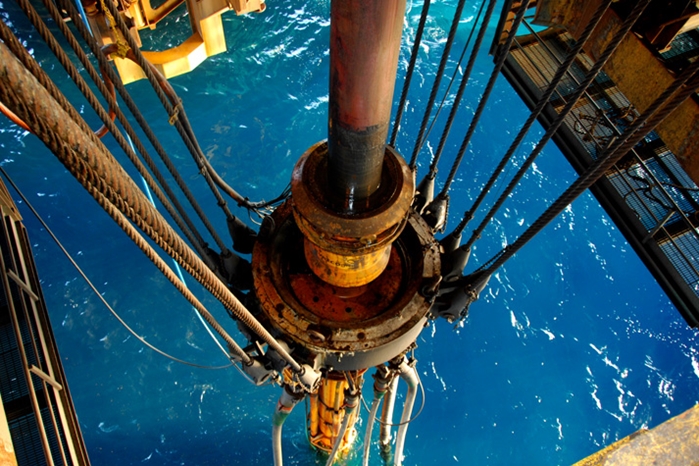The UK‘s Tullow Oil plc today announced that the Carapa-1 exploration well, drilled on the Repsol-operated Kanuku licence offshore Guyana, has encountered approximately four metres of net oil pay based on preliminary interpretation but that this is below pre-drill estimates.
The below-estim ate find caused a steep drop in Tullow’s share price which had also suffered from reports on the type of oil found in the first two wells in the Orinduik Block.
The find is significant in the sense that it is the third offshore block in which oil has been found. The major find has been by Exxon in the Stabroek block.
Tullow today said that the find has extended the “prolific Cretaceous oil play into the Group’s Guyana acreage”.
It said that the preliminary results of drilling, wireline logging, pressure testing and sampling of reservoir fluid indicate oil in Upper Cretaceous age sandstone reservoirs. Rig site testing has further indicated that the oil is 27 degrees API with a sulphur content of less than 1%. A detailed laboratory analysis of the oil quality will follow, the company said.
Tullow said that the Carapa oil discovery suggests the extension of the Cretaceous oil play from the Stabroek licence southwards into the Kanuku licence.
“While net pay is lower than pre-drill forecasts, the 27 degree API oil supports the significant potential of the Cretaceous play on both the Kanuku and adjacent Orinduik licences”, the release added.
The Valaris EXL II jack-up rig drilled the Carapa-1 well to a Total Depth of 3,290 metres in 68 metres of water and Tullow said that the well will now be plugged and abandoned. Repsol Exploración Guyana, S.A. is the operator of the Kanuku block with a 37.5% stake. Tullow Guyana B.V. also holds a 37.5% stake with Total E&P Guyana B.V. holding the remaining 25%.
Mark MacFarlane, Chief Operating Officer of Tullow, commented today:
“The Carapa-1 result is an important exploration outcome with positive implications for both the Kanuku and Orinduik blocks. While net pay and reservoir development at this location are below our pre-drill estimates, we are encouraged to find good quality oil which proves the extension of the prolific Cretaceous play into our acreage. We will now integrate the results of the three exploration wells drilled in these adjacent licences into our Guyana and Suriname geological and geophysical models before deciding the future work programme.”
Reuters today reported that the price of Tullow’s shares slumped 17% after net oil pay at the Carapa-1 well offshore Guyana came in below pre-drill estimates.
On November 13 last year, Tullow said that the oil found in two offshore wells in Guyana was heavy crude and the company and its partners would have to assess the commercial viability of the project.
Tullow announced two oil discoveries here at the Jethro-1 well and the Joe-1 well in the Tullow-operated Orinduik licence in August and September respectively. The Jethro-1 well found 55 metres of net pay in high-quality sandstone reservoir in the Lower Tertiary and Joe-1 encountered 14 metres of net pay, opening a new play in the Upper Tertiary.
“Following the completion of well operations, oil samples were sent for laboratory analysis and results indicate that the oils recovered from both Jethro-1 and Joe-1 are heavy crudes, with high sulphur content. Tullow and the Joint Venture Partners are assessing the commercial viability of these discoveries considering the quality of the oil, alongside the high-quality reservoir sands and strong overpressure”, Tullow said in a release.
Bloomberg said that the stock fell as much as 23% on the news that crude from two wells was found to be heavy, with a high sulfur content. That’s disappointing to shareholders as the Guyanese discoveries earlier this year had countered concerns over troubled ventures elsewhere, Bloomberg said.
“We expect investors to worry about the projects’ value,” Al Stanton, an analyst at RBC Europe Ltd., said in a note. Heavier oil is harder to produce and requires more energy to extract and transport, Bloomberg added.
ExxonMobil has found lucrative light crude in the Stabroek Block.






